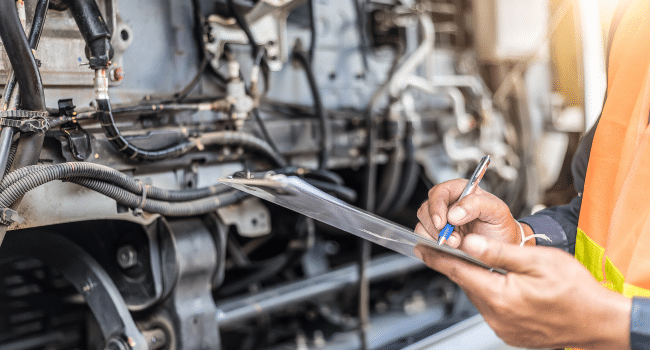Table of Contents
Preventive maintenance plans are essential for ensuring that equipment and machinery operate smoothly, thereby reducing the risk of unexpected failures. A well-executed preventive maintenance plan involves regular, scheduled inspections and servicing, helping to identify possible issues before they turn into costly repairs.
Implementing such a plan requires the right tools and techniques, both of which play a pivotal role in maximising the efficiency and lifespan of assets. In this article, we’ll explore the key tools and techniques for effectively executing a preventive maintenance plan, enabling organisations to stay ahead of potential breakdowns.
Asset Management Software
One of the most effective tools for implementing a preventive maintenance plan is asset management software. This software enables organisations to track the condition of their electrical instruments and equipment in real time.
By integrating this software with your maintenance schedule, you can automate alerts for upcoming inspections, repairs, and replacements. A robust system will also allow teams to monitor the usage patterns of devices and equipment, ensuring maintenance is carried out based on operational needs rather than a predetermined timeline.
Condition Monitoring Tools
Condition monitoring devices are crucial for detecting early signs of wear and tear in machinery. These tools continuously monitor the performance of electrical instruments, providing real-time data on critical parameters such as temperature, vibration, and pressure.
By incorporating these tools into your preventive maintenance plan, you can detect issues like overheating, abnormal vibrations, or excessive wear long before they become problematic. This proactive approach helps avoid costly repairs, minimise downtime, and maintain optimal performance.
Predictive Analytics
Predictive analytics is a useful technique that can be employed to enhance a preventive maintenance plan. By analysing historical data and performance trends, predictive analytics can forecast potential failures and determine the optimal time for maintenance.
Advanced algorithms and machine learning models use vast amounts of data from electrical devices and equipment to predict when a failure can occur. By employing these techniques, organisations can optimise their maintenance schedules and ensure interventions are performed only when necessary, reducing unnecessary downtime and operational costs.
Integrated Maintenance Scheduling
An integrated maintenance scheduling system is essential for a well-organised preventive maintenance plan. This system allows for the deployment of maintenance tasks in a streamlined and efficient manner.
It helps assign tasks to appropriate personnel, track progress, and ensure all preventive measures are carried out promptly. These systems can be configured to generate work orders and send reminders, preventing delays and ensuring the timely completion of maintenance activities.
Checklists and Standard Operating Procedures (SOPs)
To ensure that every aspect of the preventive maintenance plan is carried out consistently, detailed checklists and Standard Operating Procedures (SOPs) should be developed for each type of equipment or device.
Checklists provide a structured approach to maintenance tasks, ensuring that no critical steps are missed. By creating SOPs, organisations can standardise the maintenance processes, guaranteeing uniformity and accuracy. This also minimises the risk of human error and ensures that technicians perform tasks correctly every time.
Training and Skill Development
The successful performance of a preventive maintenance plan depends significantly on the skills of the personnel involved. Skill development programmes and regular training should be incorporated to ensure technicians are proficient in the use of equipment, tools, and maintenance procedures. With up-to-date knowledge of the latest maintenance techniques and devices, your team can address issues more efficiently, ensuring the smooth operation of critical assets.
Spare Parts Inventory Management
Effective spare parts inventory management is a critical component of a preventive maintenance plan. Maintaining a well-organised stock of essential spare parts ensures that necessary components are readily available when needed. It prevents delays in repairs and helps to reduce downtime. Employing automated inventory systems can streamline this process, alerting maintenance teams when stock levels are low and preventing unnecessary overstocking.
Partnering with Reputable Energy Brands
Partnering with reputable energy brands offers significant benefits for implementing a preventive maintenance plan. Trusted electrical equipment suppliers provide high-quality, reliable products and services that help businesses maintain assets effectively. By using equipment from established brands, organisations reduce the risk of failures, improve device performance, and enhance maintenance efforts.
These brands also offer expert guidance, integrating the latest technologies and best practices. Additionally, collaboration with renowned brands provides access to strong support networks, ensuring quick resolution of issues and minimising downtime. This partnership optimises maintenance strategies, safeguards assets, and improves long-term operational efficiency.
